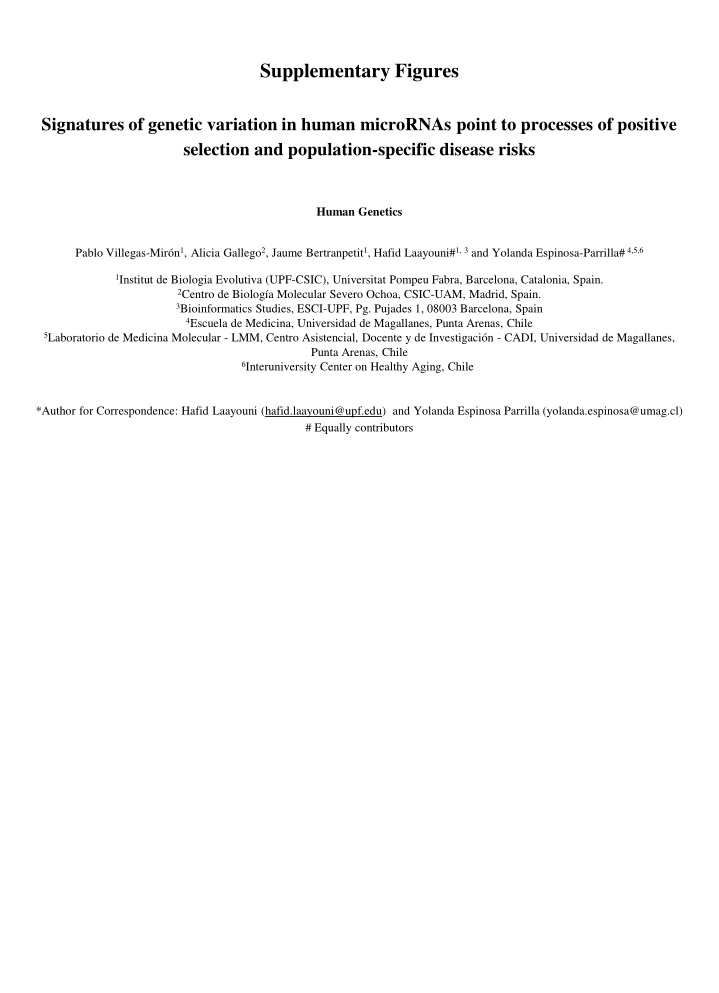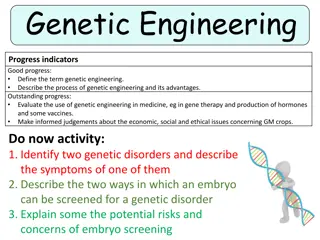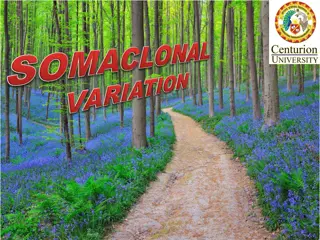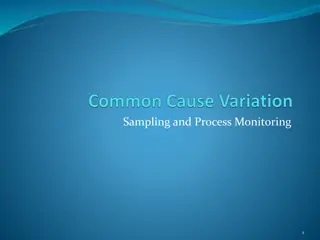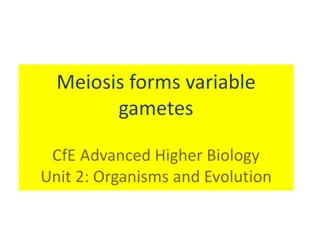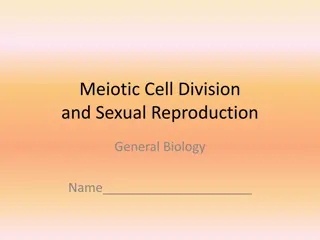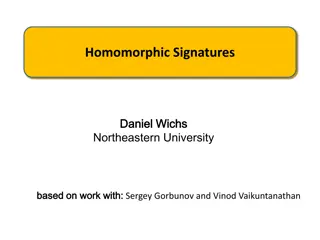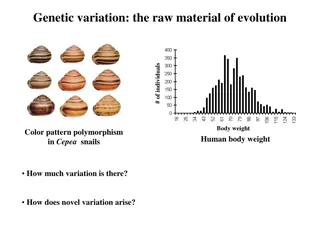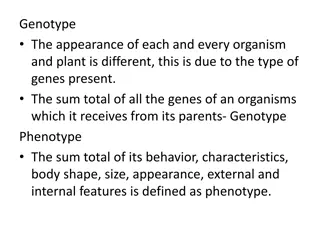Signatures of Genetic Variation in Human microRNAs Point to Selection and Disease Risks
Genetic variation in human microRNAs indicates processes of positive selection and population-specific disease risks. The study explores miRNA diversity, transposable elements, nucleotide diversity, and population-specific SNP patterns. Insights into population genetics and disease susceptibility are revealed through miRNA analysis.
Download Presentation

Please find below an Image/Link to download the presentation.
The content on the website is provided AS IS for your information and personal use only. It may not be sold, licensed, or shared on other websites without obtaining consent from the author.If you encounter any issues during the download, it is possible that the publisher has removed the file from their server.
You are allowed to download the files provided on this website for personal or commercial use, subject to the condition that they are used lawfully. All files are the property of their respective owners.
The content on the website is provided AS IS for your information and personal use only. It may not be sold, licensed, or shared on other websites without obtaining consent from the author.
E N D
Presentation Transcript
Supplementary Figures Signatures of genetic variation in human microRNAs point to processes of positive selection and population-specific disease risks Human Genetics Pablo Villegas-Mir n1, Alicia Gallego2, Jaume Bertranpetit1, Hafid Laayouni#1, 3and Yolanda Espinosa-Parrilla#4,5,6 1Institut de Biologia Evolutiva (UPF-CSIC), Universitat Pompeu Fabra, Barcelona, Catalonia, Spain. 2Centro de Biolog a Molecular Severo Ochoa, CSIC-UAM, Madrid, Spain. 3Bioinformatics Studies, ESCI-UPF, Pg. Pujades 1, 08003 Barcelona, Spain 4Escuela de Medicina, Universidad de Magallanes, Punta Arenas, Chile 5Laboratorio de Medicina Molecular - LMM, Centro Asistencial, Docente y de Investigaci n - CADI, Universidad de Magallanes, Punta Arenas, Chile 6Interuniversity Center on Healthy Aging, Chile *Author for Correspondence: Hafid Laayouni (hafid.laayouni@upf.edu) and Yolanda Espinosa Parrilla (yolanda.espinosa@umag.cl) # Equally contributors
Supplementary Fig. S1 Number of miRNAs per chromosome that present both mature sequences in their hairpin (complete annotation) and only one mature sequence in one of their arms (incomplete annotation).
a b c Supplementary Fig. S2 (a) Frequencies of transposable elements (Tes) described by the RepeatMasker database (v4.0.5) in the whole genome and found overlapping miRNA sequences. (b) Chi square residuals associated with each of the genomic context categories across conservation groups. Dendrograms show the hierarchical clustering performed across rows (genomic context) and columns (conservation). (c) Cumulative frequency of the closeness found between miRNAs (distance to the closest miRNA) in each chromosome. The increase of frequency in chromosomes 14, 19 and X shows groups of highly close miRNAs that correspond to the main clustering hotspots in the human genome.
Supplementary Fig. S3 Genomic location of human miRNA clusters.
Supplementary Fig. S4 Nucleotide diversity (Pi) of miRNAs hosted by the different families of transposable elements (TEs). The Others category is made by minor categories represented by less than 1% of the total miRNAs.
Supplementary Fig. S5 Heatmap showing the mean nucleotide diversity values per population of the seed regions harbouring one or more SNPs of the whole dataset. The dendrograms represent the hierarchical clustering performed on the miRNAs (rows) and populations (columns).
